5 medical uses of plants in a survival situation
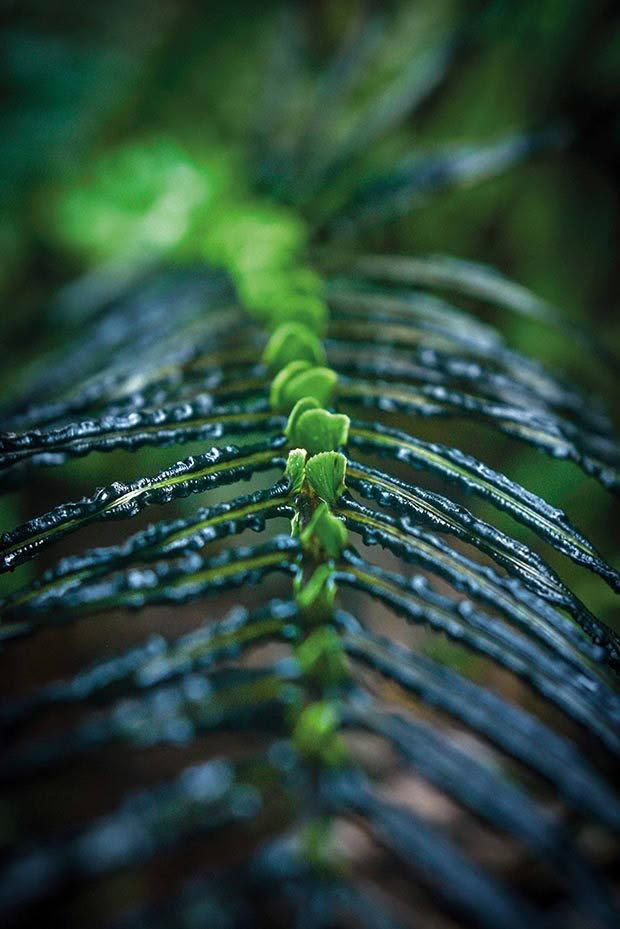
Many of our current pharmaceutical products stem from the beneficial properties first identified in wild plants.
Words: Mike Couling
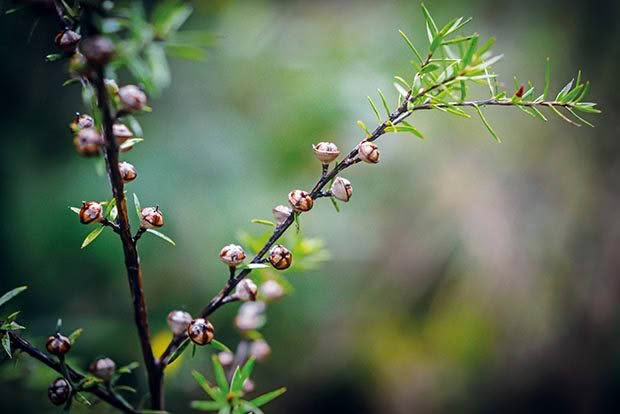
Gathering naturally-growing wild plant foods can be a rewarding hobby, provide real health benefits, and also be a great tool to add to your ‘survival preparedness’ toolbox. While it is said that there are close to 200 native edible plants in New Zealand, many of these are unpalatable or require extensive preparation. However, the usefulness of New Zealand native plants goes beyond their edibility and while in a survival situation some of them can be deemed as significant survival food, their medicinal purposes are also good to know if you’re a long way from home.
The medicinal value of many wild plant foods has been known to humanity for eons. Many of our current pharmaceutical products stem from the beneficial properties first identified in wild plants. For example, in the early 1800s scientists discovered that the abundance of salicylic acid in willow bark meant that an infusion was good for reducing fever and also functioned as a pain reliever. This led to the development of what we now commonly refer to as aspirin.
5 MEDICINAL USES OF PLANTS IN A SURVIVAL SITUATION
1. WILLOW BARK
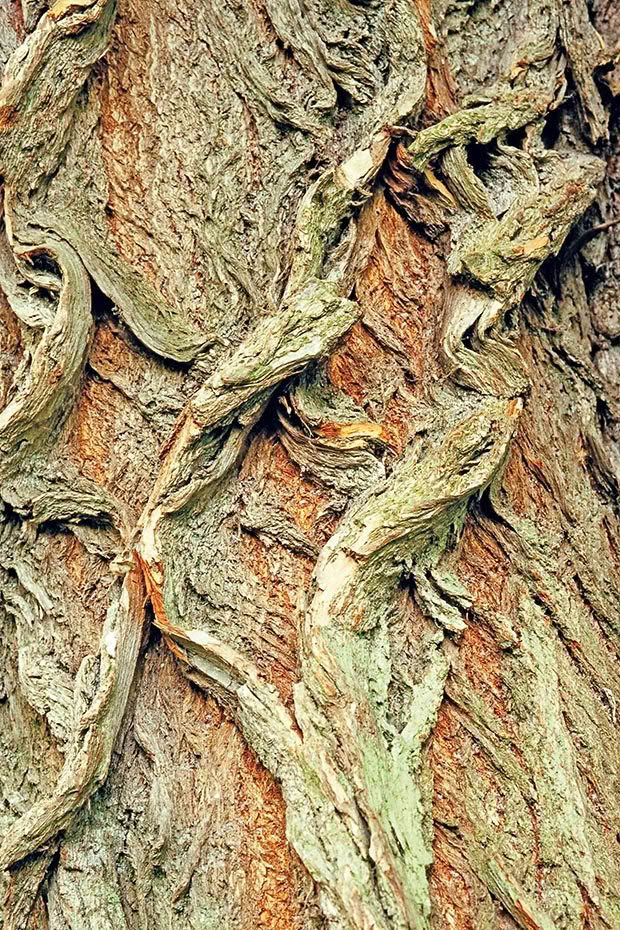
The salicylic acid in willow bark is good for reducing fever, pain relief and as an anti-inflammatory aid. The best method is to brew a tea from the inner bark, but if the situation is urgent, chewing a few small green twigs and swallowing the (rather revolting tasting) saliva-juice you create should yield similar results. Just don’t eat too much as high doses are toxic and can cause stomach pains and diarrhoea. It is not recommended for those under the age of 16.
2. MANUKA
For stomach cramps and diarrhoea, manuka seed balls can come to the rescue. Chewing the seed balls supposedly stops diarrhoea. Infusions made from the leaves or bark can also ease the discomfort of diarrhoea. Tea from the leaves is also a useful mouthwash and is said to reduce fevers. If you wish to drink the tea merely for its pleasant taste, ensure you use young leaves and don’t steep it too long.
3. PINE NEEDLES
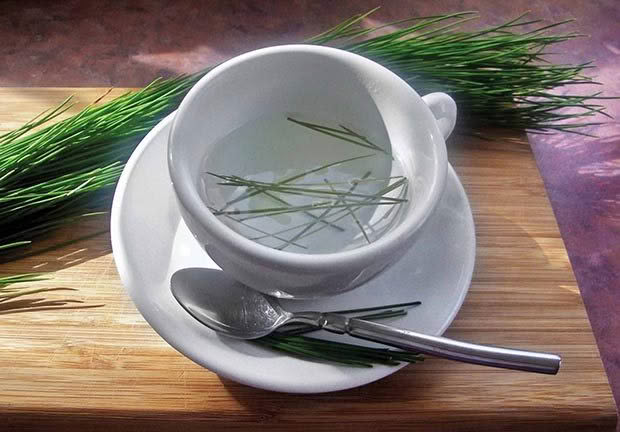
A tea made from pine needles will support your immune system and keep your spirits up. All pine needles are suitable, although the tastes do vary by species and location. Pine needles are packed with vitamins, especially C and A, and antioxidants. Simply add hot water to a handful of pine needles to make a refreshing tea.
4. KAWAKAWA
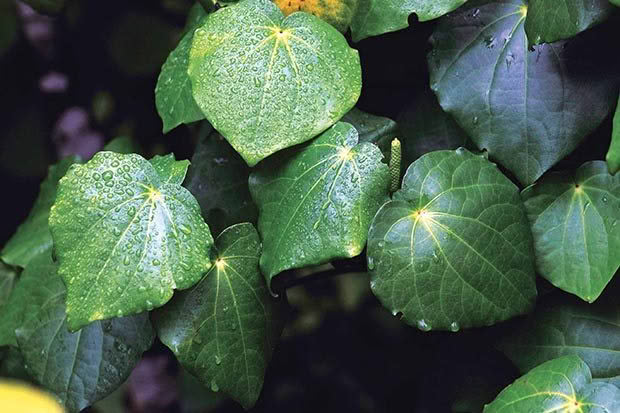
Kawakawa (Piper excelcium) can be taken to ease digestion problems and also functions as a mild analgesic. Perhaps most importantly it is said that consuming kawakawa provides one with strength and rejuvenation to face extreme physical and psychological stress situations. The slightly crushed leaves can simply be brewed into a tea. In large quantities the leaves are thought to be toxic, but one or two leaves for a cup of tea won’t be problematic. The berries are among the more pleasant-tasting you can find in the NZ bush, as long as you don’t bite into the tiny hard seeds. For toothache, chew on kawakawa leaves, which won’t taste great but will certainly numb the pain. Application of a poultice of kawakawa leaves is also useful for wounds.
5. FLAX (HARAKEKE)
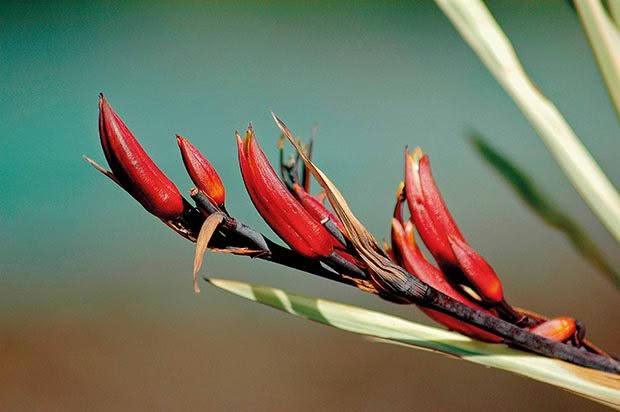
Alternatively you can apply the sticky sap found inside flax (harakeke) leaves. This is said to have an antiseptic quality as well as purgative qualities. As an added bonus, the seeds of harakeke are edible and quite sweet when in their green or white state. Simply snap the pod and squeeze the seeds out. Flowers also contain a delicious nectar, provided in abundance by the flax, a real energy boost in a survival situation.
Love this story? Subscribe now!
 This article first appeared in NZ Lifestyle Block Magazine.
This article first appeared in NZ Lifestyle Block Magazine.
